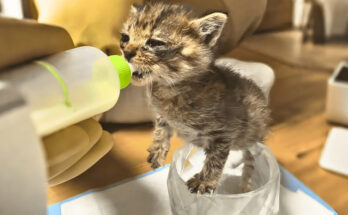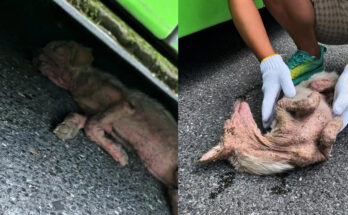When your cat is about to give birth, it can be both exciting and nerve-wracking. As a caring owner, your role is to make sure she feels safe, comfortable, and supported throughout the process. Most cats are very capable mothers, but a little preparation and gentle help can make things easier for her.
The first step is creating a quiet, private space for your cat to deliver. A nesting box lined with soft towels or blankets works well. Place it in a calm, warm area away from noise and distractions. Cats like to feel hidden and secure, so avoid too much activity around her space once labor begins.
Signs that labor is near include restlessness, nesting behavior, and sometimes a drop in appetite. She may lick her belly often or meow more than usual. When contractions start, you might notice her breathing faster and settling into her chosen nest. At this stage, your job is simply to stay close, keep the environment peaceful, and avoid unnecessary handling.
Most cats deliver kittens without human assistance, but it’s good to be prepared. Keep clean towels nearby, as well as gloves and scissors in case the umbilical cords need help. If a kitten is born still inside its sac, you may need to gently break the membrane and rub the kitten with a towel to stimulate breathing. Always let the mother do as much as possible, since licking and cleaning her kittens is part of bonding.
It’s important to monitor the timing. If your cat is straining for more than an hour without producing a kitten, or if more than two hours pass between kittens, you should contact your veterinarian. Other red flags include heavy bleeding, foul-smelling discharge, or extreme lethargy in the mother.
After labor, provide fresh water, food, and a clean space for the mother and her newborns. Resist the urge to handle the kittens too much at first—let the mother establish her care routine.
By preparing ahead and staying calm, you can give your cat the support she needs to safely bring her kittens into the world.



